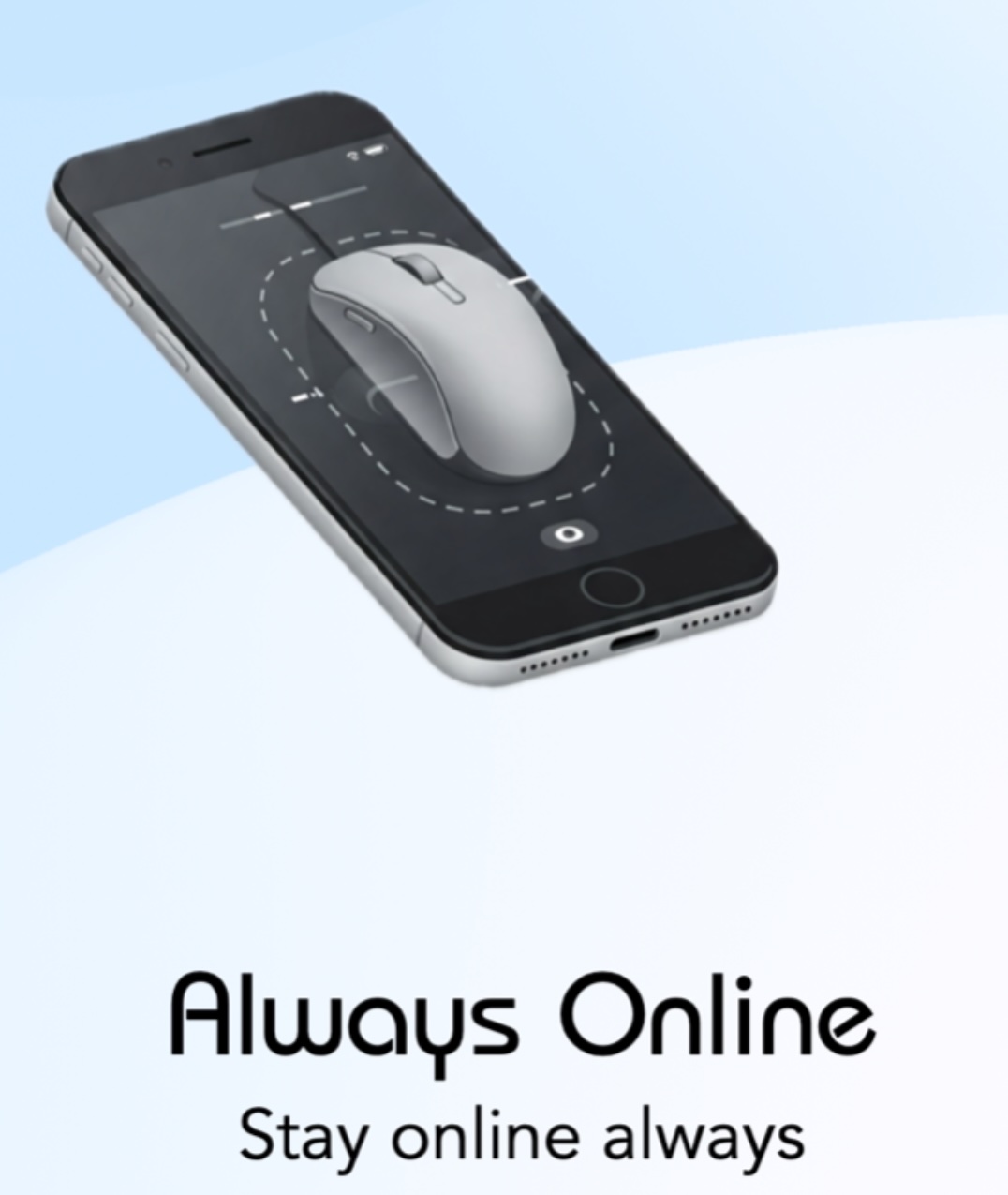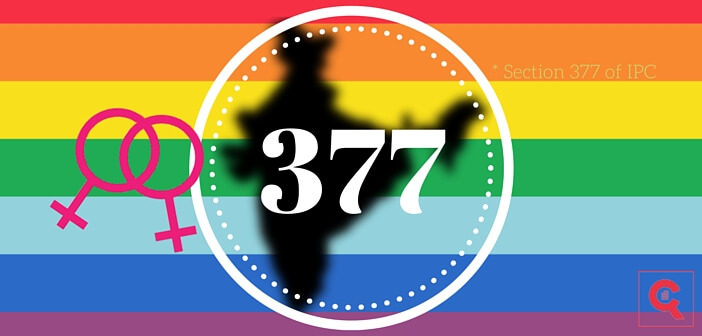The mobile operating system landscape has long been dominated by the Android and iOS duopoly, creating a near-impenetrable ecosystem that often prioritizes corporate interests over user freedom and privacy. However, a growing movement toward open-source mobile operating systems offers an alternative, empowering users with greater control, enhanced privacy, and the potential to extend the life of their devices. This guide explores the world of Linux-based mobile operating systems, focusing on LineageOS, Ubuntu Touch, and PostmarketOS, while providing practical advice, historical context, and cultural insights into why these systems matter. Whether you're a tech enthusiast, a privacy advocate, or simply curious about breaking free from proprietary constraints, this article will walk you through the possibilities of running Linux on your phone.
The Android/iOS Duopoly: A Case for Change
The mobile market is overwhelmingly controlled by two giants: Google's Android and Apple's iOS. As of 2025, Android powers approximately 70% of the global smartphone market, with nearly four billion active devices, while iOS holds a significant share, particularly in premium markets. This dominance has shaped how we interact with technology, but it comes with trade-offs that have sparked a growing interest in alternatives.
Why the Duopoly Frustrates Users
Apple's iOS operates within a "walled garden," a tightly controlled ecosystem where hardware and software are meticulously curated. This approach ensures a seamless user experience but limits customization and locks users into Apple's proprietary services. For example, iOS users are restricted to the App Store for software and cannot sideload apps without jailbreaking, which voids warranties and risks security.
Android, while more open due to its roots in the Android Open Source Project (AOSP), is not without its issues. Stock Android, as provided by Google, is laden with pre-installed apps and services designed to collect user data for advertising purposes. Features like Google Play Services, while enabling app functionality, often track user behavior across apps and devices. This data harvesting has raised privacy concerns, with studies showing that Android devices can send data to Google servers as frequently as every few minutes, even when idle.
The cultural impact of this duopoly is significant. It has created a homogenized mobile experience, where innovation is often stifled by corporate priorities. Users are funneled into ecosystems that prioritize in-app purchases, advertisements, and data-driven services over user autonomy. For those who value the ethos of open-source software—freedom, transparency, and community-driven development—these limitations are particularly galling.
The Open-Source Alternative
Linux, the open-source operating system that powers everything from supercomputers to embedded systems, offers a compelling alternative. Linux dominates in nearly every computing domain except the desktop, where Windows and macOS still hold sway. Its presence in mobile devices, however, is growing, thanks to projects like LineageOS, Ubuntu Touch, and PostmarketOS. These systems leverage Linux's flexibility to provide privacy-focused, customizable, and sustainable mobile experiences.
The appeal of Linux-based mobile OSes lies in their alignment with the open-source philosophy, which emphasizes user control and transparency. By running a Linux-based OS, users can avoid proprietary bloatware, extend the lifespan of older devices, and customize their phones to suit their needs. This guide will explore how to make this transition, starting with privacy-enhancing tips and progressing to full OS replacements.
Privacy-Enhancing Tips for Your Current Mobile Device
Before diving into alternative operating systems, you can take steps to enhance privacy on your existing Android or iOS device. These measures reduce data leakage and align your device with open-source principles without requiring a full OS overhaul.
Switching to Privacy-Focused Apps
One of the easiest ways to reclaim privacy is to replace proprietary apps with open-source alternatives. The Google Play Store and Apple App Store are filled with apps that track user behavior, but platforms like F-Droid offer a curated selection of privacy-respecting, open-source software.
F-Droid, often described as an "open-source bazaar," hosts apps that adhere to strict privacy and transparency standards. For example, you can replace Google Chrome with Firefox or Bromite, both of which offer robust privacy features like tracker blocking. Similarly, apps like Signal for messaging and Nextcloud for cloud storage provide secure alternatives to mainstream options. Nextcloud, in particular, integrates seamlessly with self-hosted servers, allowing you to store files, calendars, and contacts without relying on Google or Apple servers.
Disabling Unnecessary Services
On Android, disabling or limiting Google Play Services can significantly reduce data collection. While some apps require Play Services for functionality (e.g., push notifications), you can use microG, an open-source reimplementation of Play Services, to maintain compatibility while minimizing tracking. On iOS, turning off personalized ads and limiting app permissions in the Settings menu can curb data sharing.
Using Termux for Linux-Like Functionality
For Android users, installing Termux—a terminal emulator and Linux environment—brings command-line capabilities to your device. Termux allows you to run Linux tools like bash, git, and even programming languages like Python directly on your phone. This transforms your device into a lightweight Linux machine, enabling tasks like scripting or remote server management without replacing the OS.
By combining these steps—switching to F-Droid apps, limiting proprietary services, and using Termux—you can make your phone more Linux-like while maintaining its core functionality. However, for those seeking a complete break from proprietary systems, installing a Linux-based mobile OS is the next step.
LineageOS: The Android-Based Linux Solution
LineageOS is the most popular open-source mobile operating system, offering a privacy-focused alternative to stock Android. Built on AOSP, LineageOS strips away Google's proprietary bloatware while retaining compatibility with most Android apps. It supports hundreds of devices, from flagship phones to older models, making it an accessible choice for users looking to extend their device's lifespan.
Historical Context: The Evolution of LineageOS
LineageOS traces its roots to CyanogenMod, a pioneering custom ROM that gained popularity in the early 2010s. CyanogenMod allowed users to customize their Android devices beyond what manufacturers permitted, offering features like theming and performance tweaks. When CyanogenMod shut down in 2016 due to internal conflicts and commercialization attempts, the community forked the project to create LineageOS. Today, LineageOS is maintained by a global community of developers and supports over 600 device models.
The cultural significance of LineageOS lies in its defiance of planned obsolescence. Manufacturers often stop providing security updates for older devices, leaving them vulnerable to exploits. LineageOS counters this by delivering regular updates, including security patches, to devices as old as a decade. This aligns with the Linux philosophy of maximizing hardware potential and minimizing waste.
Benefits of LineageOS
LineageOS offers several advantages over stock Android:
- Privacy: By default, LineageOS excludes Google apps and services, reducing data collection. Users can choose to install microG or avoid Google services entirely.
- Control: LineageOS provides granular control over system settings, from theming to performance optimizations.
- Battery Life: Without bloatware, LineageOS can improve battery efficiency, with some users reporting up to 20% longer battery life on older devices.
- Sustainability: By extending device lifespans, LineageOS reduces electronic waste, aligning with environmental concerns.
Installing LineageOS
Installing LineageOS requires some technical know-how but is straightforward with the right guidance. Before proceeding, back up all important data, as the process wipes your device's storage. Here’s a step-by-step overview:
- Check Device Compatibility: Visit the LineageOS website to confirm your device is supported. Popular models like the Google Pixel series and older Samsung Galaxy phones are often compatible.
- Unlock the Bootloader: Most devices require an unlocked bootloader to install a custom OS. This process varies by manufacturer but typically involves enabling developer options and using fastboot commands.
- Install a Custom Recovery: Tools like TWRP (Team Win Recovery Project) allow you to flash LineageOS onto your device.
- Flash LineageOS: Download the LineageOS ROM for your device and flash it using the custom recovery. Optionally, install microG or Google Play Services for app compatibility.
- Reboot and Configure: Once installed, reboot your device and set up LineageOS. You can install apps from F-Droid or other sources.
Installing LineageOS is like giving your phone a new lease on life. It’s a rebellion against the throwaway culture of modern tech, empowering users to take control of their devices.
Challenges and Considerations
While LineageOS is user-friendly, there are potential pitfalls. Some apps, like banking apps or Netflix, rely on Google’s SafetyNet or Play Integrity APIs, which may not work on LineageOS without workarounds. Additionally, unlocking the bootloader voids warranties on some devices, and improper installation can brick your phone. Always follow official guides and use a secondary device for testing.
Ubuntu Touch: A Linux-Powered Mobile Experience
Ubuntu Touch, developed by the UBports community, is a Linux-based mobile OS that offers a unique alternative to Android-based systems. Unlike LineageOS, Ubuntu Touch is not built on AOSP, making it a true Linux distribution for mobile devices.
Historical Context: Canonical’s Vision and Community Revival
Ubuntu Touch was originally launched by Canonical, the company behind the Ubuntu desktop distribution, in 2013. Canonical aimed to create a convergent OS that could run on phones, tablets, and desktops, adapting its interface based on the device. However, limited hardware support and commercial challenges led Canonical to abandon the project in 2017. The UBports community took over, maintaining and expanding Ubuntu Touch to support dozens of devices, including the PinePhone and Google Pixel 3a.
Ubuntu Touch reflects the Linux community’s resilience and commitment to open-source ideals. Its revival by volunteers underscores the cultural value of collaborative development, a hallmark of Linux since Linus Torvalds released the kernel in 1991.
Features and Benefits
Ubuntu Touch offers a distinct user experience:
- Convergence: Ubuntu Touch can transform your phone into a desktop-like environment when connected to a monitor, keyboard, and mouse, similar to Samsung’s DeX or Microsoft’s Continuum.
- Privacy: Ubuntu Touch is free of proprietary trackers and integrates privacy-focused apps by default.
- App Ecosystem: While it doesn’t support Android apps natively, tools like Waydroid enable Android app compatibility in a sandboxed environment.
Installing Ubuntu Touch
Installing Ubuntu Touch is similar to LineageOS but requires the UBports Installer, a user-friendly tool that simplifies the process. Supported devices are fewer than LineageOS, so check compatibility first. The installation wipes your device, so back up data and ensure you have recovery options for two-factor authentication codes.
PostmarketOS: A Lightweight Linux for Mobile
PostmarketOS is a minimalist Linux distribution based on Alpine Linux, designed for mobile devices. Unlike LineageOS and Ubuntu Touch, PostmarketOS prioritizes simplicity and long-term support, aiming to keep devices functional for a decade or more.
Historical Context: Fighting Planned Obsolescence
Launched in 2017, PostmarketOS emerged from a desire to combat planned obsolescence in mobile devices. By using Alpine Linux, known for its small footprint and security focus, PostmarketOS delivers a lightweight OS that can run on a wide range of hardware, including older phones and tablets. Its philosophy aligns with the environmental movement, as it encourages reusing devices rather than discarding them.
Features and Benefits
PostmarketOS stands out for its flexibility:
- Minimalist Design: Based on Alpine Linux, it uses minimal resources, making it ideal for older devices.
- Custom Interfaces: PostmarketOS supports multiple user interfaces, such as Plasma Mobile, Phosh, and Sxmo, allowing users to choose their preferred experience.
- Long-Term Support: The project aims to provide updates for up to 10 years, far exceeding typical manufacturer support.
Installing PostmarketOS
Installing PostmarketOS is more technical than LineageOS or Ubuntu Touch, as it often requires manual configuration. The project’s wiki provides detailed instructions for supported devices. As with other OSes, back up your data and test on a secondary device to avoid risks.
Exploring Additional Linux Mobile Possibilities
Beyond LineageOS, Ubuntu Touch, and PostmarketOS, other projects are pushing Linux mobile forward. For example, Lindroid allows users to run a full Linux desktop environment within Android, effectively turning your phone into a portable computer. Similarly, devices like the PinePhone and Librem 5 are designed specifically for Linux-based OSes, offering hardware optimized for privacy and open-source software.
Cultural Significance: The Linux Mobile Movement
The rise of Linux-based mobile OSes reflects a broader cultural shift toward digital sovereignty. In an era where data privacy scandals dominate headlines, users are increasingly seeking alternatives that prioritize their rights. The Linux mobile movement draws inspiration from the free software movement of the 1980s, led by figures like Richard Stallman, who advocated for software that respects user freedom. By adopting Linux on mobile devices, users are reclaiming control over their digital lives.
Practical Considerations and Warnings
Switching to a Linux-based mobile OS is not without risks. Here are key considerations:
- Backup Everything: Installing a new OS wipes your device’s storage. Back up photos, contacts, and authentication codes to avoid losing access to accounts.
- App Compatibility: Some apps, particularly those requiring Google Play Services or SafetyNet, may not work. Research workarounds like microG or Waydroid.
- Warranty Risks: Unlocking your bootloader may void your device’s warranty. Check manufacturer policies before proceeding.
- Technical Expertise: While LineageOS and Ubuntu Touch are user-friendly, PostmarketOS requires more technical knowledge. Start with a secondary device to gain confidence.
Conclusion: Embracing the Linux Mobile Future
The Android and iOS duopoly has shaped the mobile landscape, but Linux-based alternatives like LineageOS, Ubuntu Touch, and PostmarketOS offer a path to greater privacy, control, and sustainability. By adopting these systems, users can break free from proprietary constraints, extend the life of their devices, and align with the open-source ethos. Whether you start with privacy-focused apps or dive into a full OS replacement, the Linux mobile movement empowers you to take charge of your digital life. With careful preparation and a willingness to explore, you can transform your phone into a beacon of open-source freedom.



























0 Comments